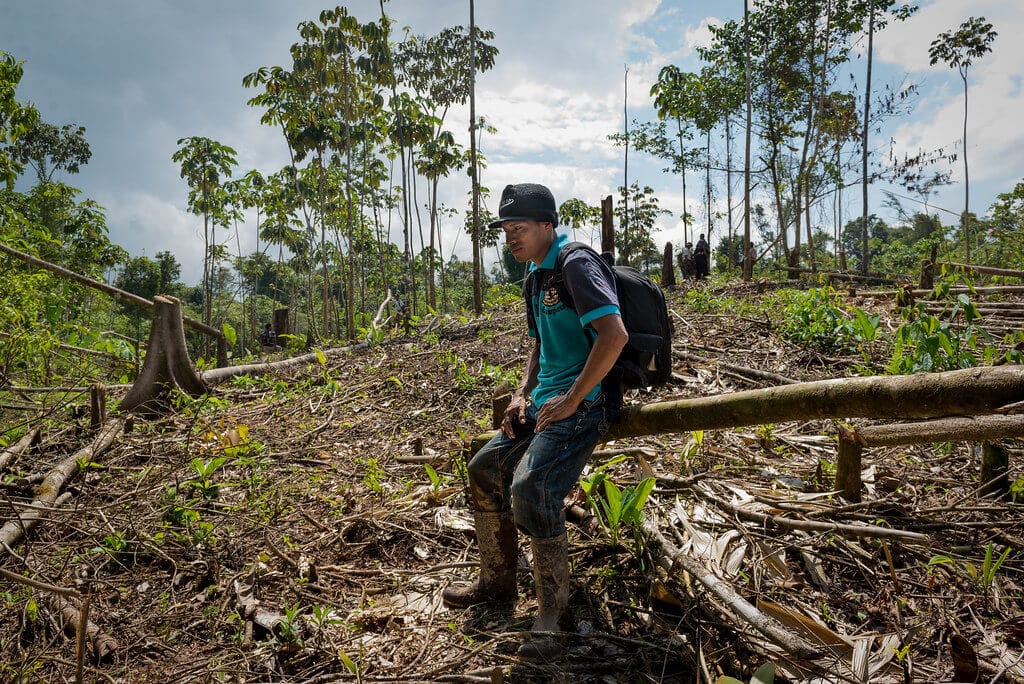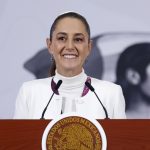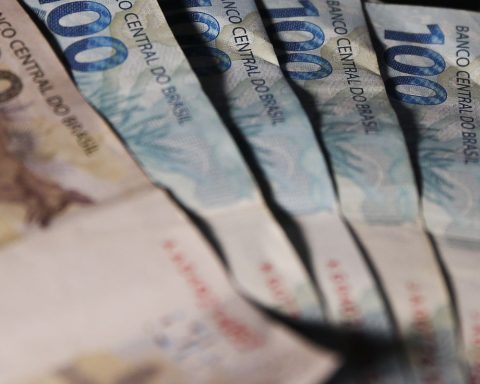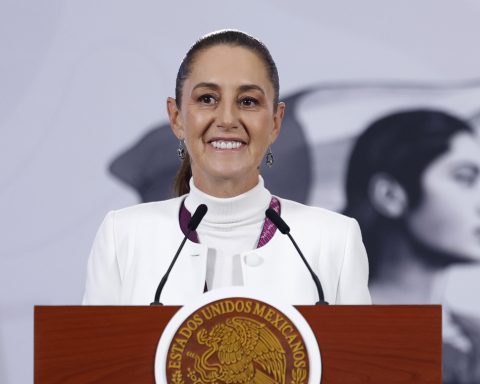The regime of Daniel Ortega and Rosario Murillo has managed to capture more than 115 million dollars in international “green fund” agreements since 2021, citing a supposed national policy in favor of preserving the environment, but internally, in addition to carrying out aggressive campaigns of deforestation and mining extraction, allocates less than 1% of the General Budget of the Republic to the Ministry of the Environment and Natural Resources (Marena).
Before 2018, Marena’s budget allocation exceeded 1% of the PGR. This was mainly due to international donations, which were added to the resources from the National Treasury. Donations for the Marena began to decline as of that year, due to the isolation of the regime and mainly due to the lack of interest in environmental issues.
From the point of view of environmental activist Amaru Ruizthe cuts in Marena resources reflect the low importance that Ortega gives to environmental care and preservation in Nicaragua.
Ruiz is one of those who maintains as the thesis that the true environmentalist policy of the regime is focused on signing every possible international agreement to obtain “green funds”whose execution is investigated for allegations of irregularities and mismanagement.
“The interest of the budget for the Ministry of Natural Resources has decreased year after year. The State does not prioritize the strengthening of capacities for the protection of protected areas and everything related to environmental matters,” Ruiz said.
“These are substantial indicators to show a real environmentally responsible attitude in the face of compliance with the country’s environmental framework and compliance with the environmental regulations established in the same international agreements that the regime signs,” he added.
The cuts of the Marena
In 2018, the Marena Public Investment Budget (PIP) was 70 million córdobas, of which 51.4 million corresponded to treasury income and 18.6 million to external donations. According to the budget liquidation report for that year, only 49.9 million were executed.
In 2019, the Marena PIP suffered a decrease, when it was assigned 60.4 million cordobas, of which 49.9 million came from treasury revenues and 10.5 million from external donations. The execution that year was 59.7 million.
For 2020, the allocation was 57.7 million córdobas, coming entirely from the income of the national treasuryl, without a single penny coming from external donations.
In 2021, the Marena PIP suffers another reduction, as it is only assigned 41.9 million cordobasalso coming entirely from treasury income.
In 2022, the assigned PIP was slightly higher, reaching 50 million cordobas. According to the budget execution reports, until March of this year, only 3.6 million cordobas of this allocated item.
The poor budget allocations to the sea They contrast with the enthusiastic discourse of the regime on environmental issues in forums such as the United Nations and the Escazú agreement, scenarios where Ortega has signed agreements that, according to activists, only seek to attract “green funds.”
On November 12, 2020, the Ortega-Murillo regime managed to sign “green fund” agreements for $115,693,245 million, financed through two loans, which comprise 49% of the total amount, and three donations, which add up to the remaining 51%. However, the delivery of these funds depends on the fulfillment of the conditions established in the agreement.
Daniel Ortega’s regime had to submit to three conditions, including transparency, control of funds and participation of indigenous and Afro-descendant communities, to gain access to these funds established in the project entitled: “Bio-CLIMA: integrated climate action to reduce deforestation and strengthen resilience in Bosawás and the biosphere of Río San Juan in Nicaragua”, approved by the Green Climate Fund and the Central American Bank for Economic Integration (CABEI).
Nicaraguan “green funds” under review
However, Nicaragua is currently undergoing a review process by the Independent Reparation Mechanism and the Green Climate Fund, due to irregularities in the management of the components of these resources obtained through this policy of constant signing of environmental agreements. international.
These entities carry out a “compliance investigation” of the Bio-CLIMA program, approved in 2020 for Nicaragua, after verifying a complaint received in June 2021, and concluding, after a first compliance evaluation report, that “there is evidence prima facie (at first sight) of adverse impacts caused or likely to be caused by the project’s noncompliance with operating policies and procedures.
Greater environmental destruction
The ecological discourse of the regime contrasts with the direct actions that they carry out against the environment of Nicaragua. For example, Nicaragua is the Central American country that has the largest number of mining concessions in indigenous and Afro-descendant territories, reveals the monitoring bulletin “Nicaragua and its perverse gold”, carried out by the Fundación del Río. According to the report, up to 2021, 141 concessions have been quantified in these territories.
“The State has declared areas of mining reserves, without even consulting them, and instead of guaranteeing their territorial rights, it becomes a partner of transnationals that settle to loot and dispossess the most impoverished communities,” the report states.
Reports from this same organization establish that the average annual deforestation since the Daniel Ortega regime came to power is between 160 and 180 thousand hectares per year in Nicaragua. This exceeds the data recorded during the liberal governments of Arnoldo Alemán and Enrique Bolaños, whose average was between 60 and 70 thousand hectares per year.
















